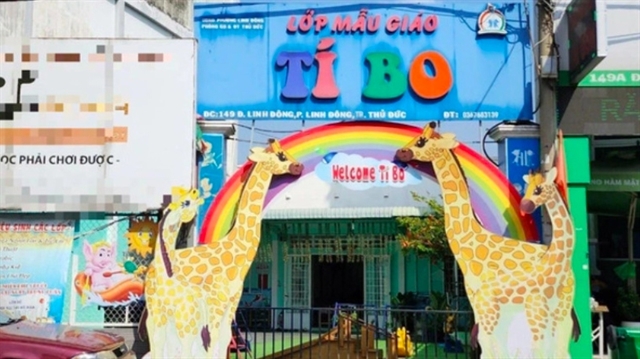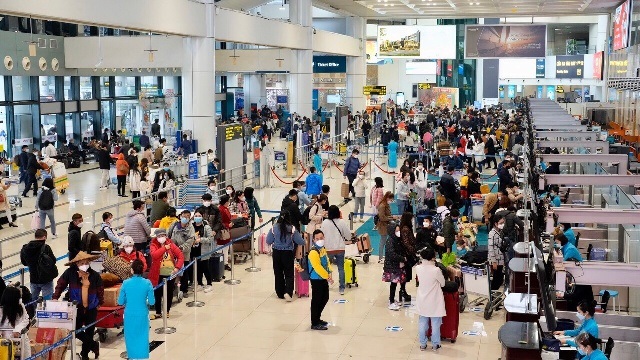.jpg) Society
Society

HCM City should not set itself the too ambitious goal of eradicating poverty by 2018, a senior former leader has said.
 |
| HCM City should not set itself the too ambitious goal of eradicating poverty by 2018, a senior former leader has said. — Photo vtv.vn |
HCM CITY — HCM City should not set itself the too ambitious goal of eradicating poverty by 2018, a senior former leader has said.
Phạm Phương Thảo, former deputy secretary of the city Party Committee and former chairwoman of the city People’s Council, told a conference on multidimensional poverty in the city yesterday “It is very difficult to achieve the goal. It is very high pressure for officials in charge of poverty reduction in communes and wards.”
She was referring to the target of having no person with an annual income of below VNĐ21 million (US$933), the poverty threshold.
When the officials face pressure to achieve the goal, they would focus solely on the number and ignore actual poverty alleviation, she said.
Efforts to improve the quality of life in the city should be linked to the poverty reduction programme, she suggested.
Because the quality of life now is “not good,” she added.
Nguyễn Văn Xê, deputy head of the city Department of Labour, Invalids and Social Affairs and standing deputy head of the Steering Committee for Stable Poverty Reduction, said the goal to eradicate poverty was first set for 2020 at the 10th congress of the city Party Committee last October.
Last April the city adopted a new approach called multidimensional poverty reduction programme.
It categorises poor households into three groups. The first comprises households with members each having an annual income of up to VNĐ21 million and with a score of 40 or more.
The score is calculated based on the following criteria: level of education; health including access to healthcare services and health insurance; employment-social insurance; living conditions including housing and water supply; and access to information.
The second group comprises households with an annual income of up to VNĐ21 million and a score of 40 or less.
The third group includes households with incomes of VNĐ21-28 million and more than VNĐ28 million and a score of 40 or more.
Under this approach, which requires every earning member to have an income above the poverty threshold, or score, or both the two above criteria the city had 67,000 poor households as of last August.
Dr Lê Thị Thanh Loan, head of the United Nations Development Programme’s multidimensional poverty reduction project in urban areas, said the rate of poor is higher in the city’s rural than urban areas.
The poor households and those near the poverty line have the largest “shortage” in terms of education and employment-social insurance, she said.
Khmer and Chăm poor households had a larger gap than ethnic Kinh households, she added.
Xê said the new approach requires the city to change its policies to achieve sustainable poverty reduction.
At the district level, authorities should have their own programmes to narrow the gap in whichever dimension - education or healthcare, etc - poor families lack, he added.
Assoc Prof Dr Trần Tiến Khai, deputy head of the HCM City University of Economics’ research administration and international relations department, said the city’s Steering Committee for Stable Poverty Reduction should measure poverty among migrants and create programmes to help them.
Migrants contribute to the city’s socio-economic development, he said.
Many of them face multi-dimensional poverty caused by policies that only provide benefits to people with residence books, he said.
Most migrants do not have this book and only the temporary residence book, called KT3, a multi-dimensional-poverty survey of 201 migrant families in the city by the Southern Institute of Social Sciences found in 2015.
Nguyễn Thị Minh Châu of the survey team said they lack occupational knowledge, health and social insurance, and housing. — VNS



.jpg)




.jpg)
